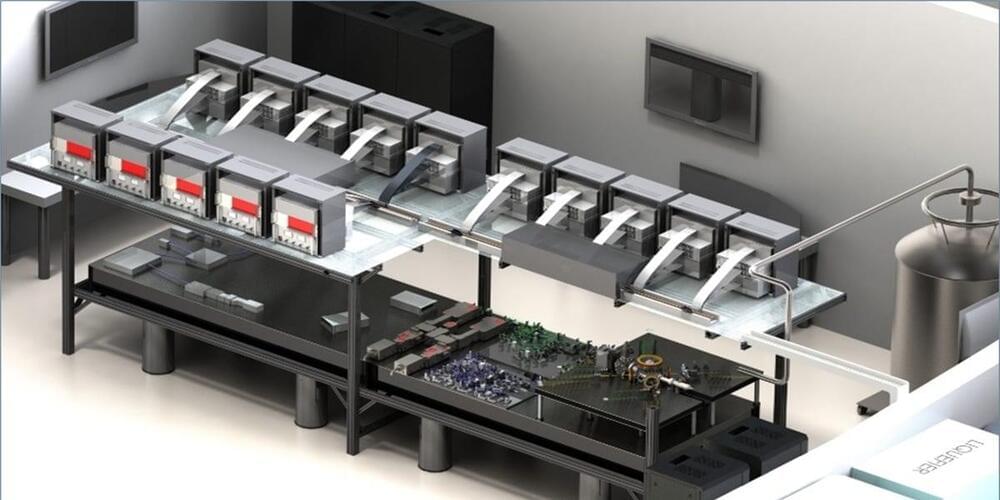A simple mechanical system built from aluminium rods uses vibrations to encode information, mimicking quantum computing in a non-quantum system.


A simple mechanical system built from aluminium rods uses vibrations to encode information, mimicking quantum computing in a non-quantum system.

University of ChicagoFounded in 1,890, the University of Chicago (UChicago, U of C, or Chicago) is a private research university in Chicago, Illinois. Located on a 217-acre campus in Chicago’s Hyde Park neighborhood, near Lake Michigan, the school holds top-ten positions in various national and international rankings. UChicago is also well known for its professional schools: Pritzker School of Medicine, Booth School of Business, Law School, School of Social Service Administration, Harris School of Public Policy Studies, Divinity School and the Graham School of Continuing Liberal and Professional Studies, and Pritzker School of Molecular Engineering.
Imagine using your cellphone to control the activity of your own cells to treat injuries and disease. It sounds like something from the imagination of an overly optimistic science fiction writer. But this may one day be a possibility through the emerging field of quantum biology.
Over the past few decades, scientists have made incredible progress in understanding and manipulating biological systems at increasingly small scales, from protein folding to genetic engineering. And yet, the extent to which quantum effects influence living systems remains barely understood.
Quantum effects are phenomena that occur between atoms and molecules that can’t be explained by classical physics. It has been known for more than a century that the rules of classical mechanics, like Newton’s laws of motion, break down at atomic scales. Instead, tiny objects behave according to a different set of laws known as quantum mechanics.

This may sound like a science fiction scenario, but some physicists have proposed that this could be the case. In this article, we will explore the idea that our universe may be inside of a black hole, and what implications this would have for our understanding of cosmology and physics.
A black hole is a region of space where gravity is so strong that nothing can escape, not even light. According to Einstein’s theory of general relativity, black holes are formed when massive stars collapse at the end of their life cycle. The resulting singularity is a point of infinite density and zero volume, where the laws of physics break down.
Scientists discover possible connection between human brain and cosmos on a quantum scale.
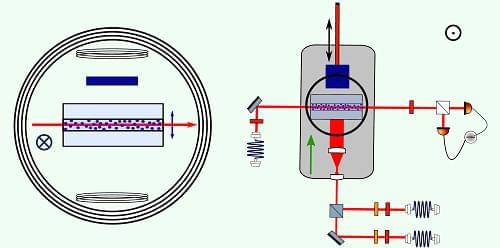
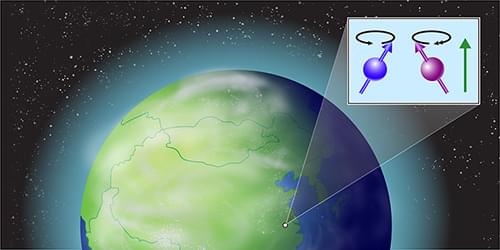
A new search for an interaction between a particle’s intrinsic spin and Earth’s gravitational field probes physics in the regime where quantum theory meets gravity.
Our understanding of physics is supported by two theoretical pillars. The first is quantum field theory, which underpins the standard model of particle physics. And the second is Einstein’s theory of general relativity, which describes the nature of gravity. Both pillars have withstood numerous stringent tests and have had myriad predictions spectacularly confirmed. Yet they are seemingly irreconcilable, hinting at a deeper truth. The path toward reconciling these theories is obscured by the dearth of experiments probing phenomena at the intersection of quantum physics and gravity. Now a team of researchers from the University of Science and Technology of China (USTC), led by Dong Sheng and Zheng-Tian Lu, has stepped into this breach by searching for an interaction between a particle’s intrinsic quantum spin and Earth’s gravitational field with unprecedented sensitivity (Fig. 1) [1].
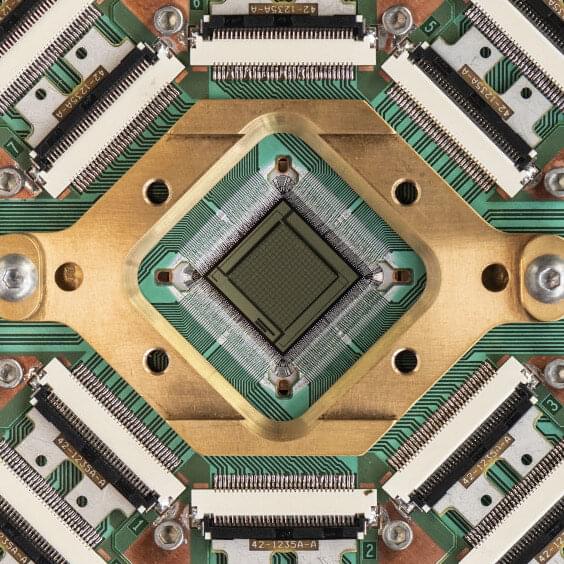
Over the past decades, researchers and companies worldwide have been trying to develop increasingly advanced quantum computers. The key objective of their efforts is to create systems that will outperform classical computers on specific tasks, which is also known as realizing “quantum advantage.”
A research team at D-Wave Quantum Inc., a Canadian quantum computing company, recently created a new quantum computing system that outperforms classical computing systems on optimization problems. This system, introduced in a paper in Nature, is based on a programmable spin glass with 5,000 qubits (the quantum equivalents of bits in classical computing).
“This work validates the original hypothesis behind quantum annealing, coming full circle from some seminal experiments conducted in the 1990s,” Andrew D. King, one of the researchers who carried out the study, told Phys.org.
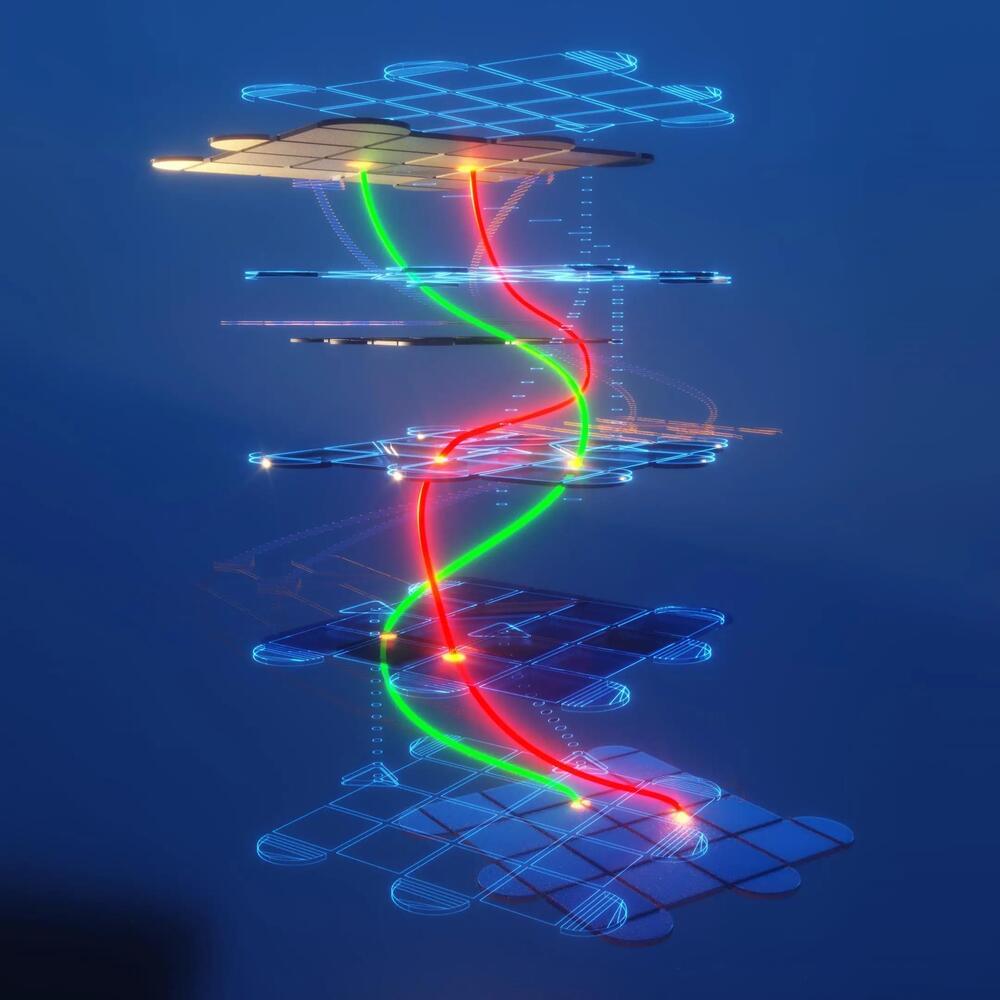
In a paper published in the journal Nature on May 11, researchers at Google Quantum AI announced that they had used one of their superconducting quantum processors to observe the peculiar behavior of non-Abelian anyons for the first time ever. They also demonstrated how this phenomenon could be used to perform quantum computations. Earlier this week the quantum computing company Quantinuum released another study on the topic, complementing Google’s initial discovery. These new results open a new path toward topological quantum computation, in which operations are achieved by winding non-Abelian anyons around each other like strings in a braid.
Google Quantum AI team member and first author of the manuscript, Trond I. Andersen says, “Observing the bizarre behavior of non-Abelian anyons for the first time really highlights the type of exciting phenomena we can now access with quantum computers.”
Imagine you’re shown two identical objects and then asked to close your eyes. Open them again, and you see the same two objects. How can you determine if they have been swapped? Intuition says that if the objects are truly identical, there is no way to tell.
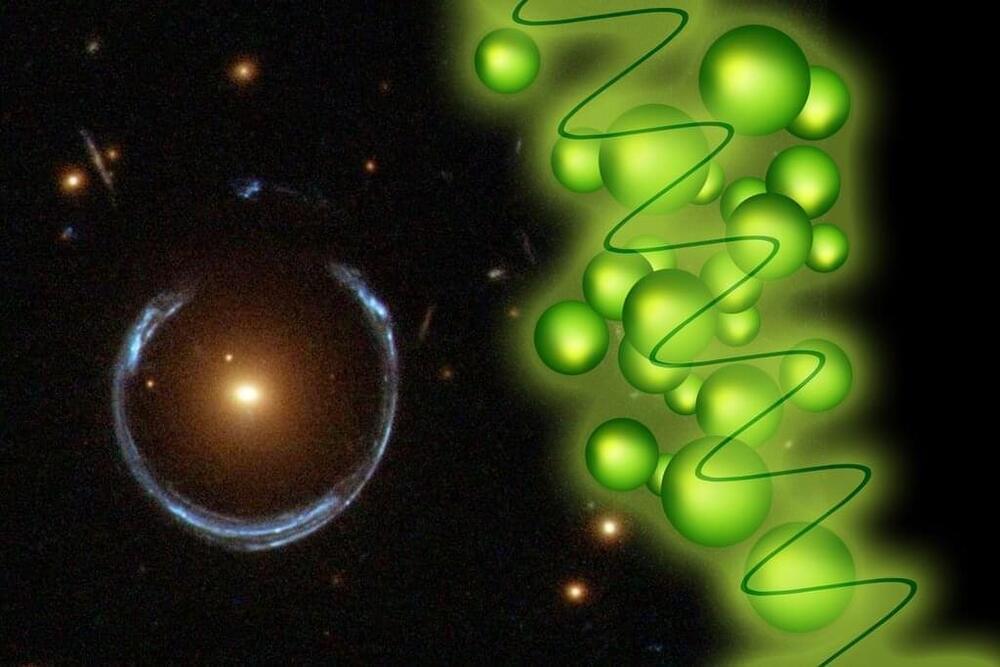
The theory of relativity works well when you want to explain cosmic-scale phenomena—such as the gravitational waves created when black holes collide. Quantum theory works well when describing particle-scale phenomena—such as the behavior of individual electrons in an atom. But combining the two in a completely satisfactory way has yet to be achieved. The search for a “quantum theory of gravity” is considered one of the significant unsolved tasks of science.
This is partly because the mathematics in this field is highly complicated. At the same time, it is tough to perform suitable experiments: One would have to create situations in which phenomena of both the relativity theory play an important role, for example, a spacetime curved by heavy masses, and at the same time, quantum effects become visible, for example the dual particle and wave nature of light.
At the TU Wien in Vienna, Austria, a new approach has now been developed for this purpose: A so-called “quantum simulator” is used to get to the bottom of such questions: Instead of directly investigating the system of interest (namely quantum particles in curved spacetime), one creates a “model system” from which one can then learn something about the system of actual interest by analogy. The researchers have now shown that this quantum simulator works excellently.
